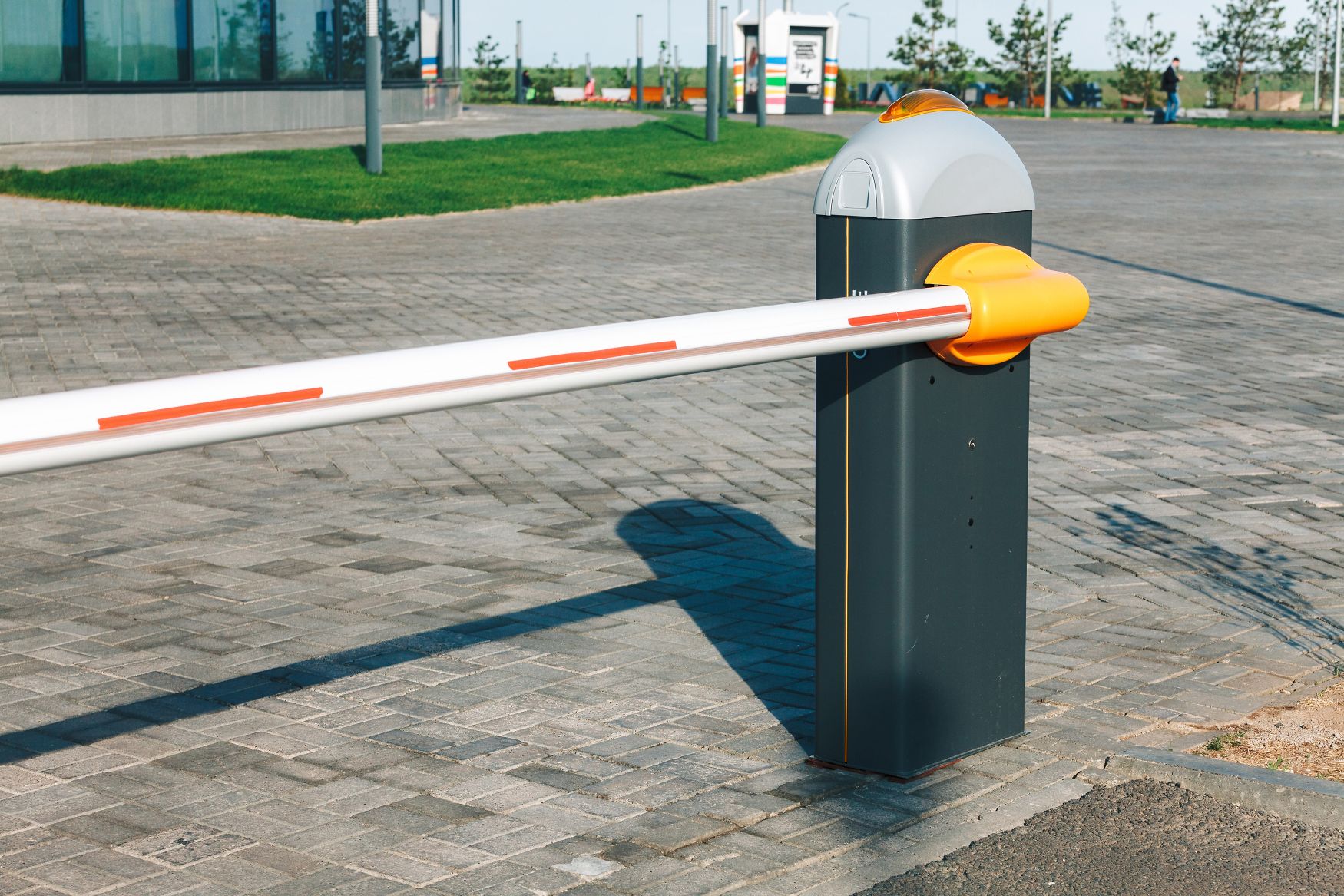Gate No More: A Deep Dive into Gateless Parking Technologies

As cities grow more crowded and the need for efficient urban design becomes more pressing, gateless parking technologies emerge as a beacon of innovation.
With the promise of reduced congestion, increased convenience, and a streamlined user experience, gateless parking is transforming how we think about urban mobility.
This article dives deep into the world of gateless parking technologies, exploring its advantages, how it works, and what it means for the future of urban planning.
The Challenges of Traditional Parking Systems
Traditional parking systems come with a host of issues. Manual gates require attendants or automated ticket systems. These setups are prone to malfunctions, can be slow to process vehicles, especially during peak times, and often create a backlog of cars waiting to enter or exit.
Moreover, there’s an environmental concern. Idling vehicles emit unnecessary greenhouse gases, contributing to urban pollution and the global climate crisis. And then there’s the wasted space: the space taken up by barriers, booths, and machinery could be better utilized.
How Does Gateless Parking Work?
Gateless parking or “frictionless parking” leverages technological advancements to offer a more seamless experience.
Here’s how it typically functions:
- License Plate Recognition (LPR): Cameras installed at entrances and exits capture a vehicle’s license plate.
- Automatic Billing: The system logs when a registered vehicle enters the parking area. Upon exit, the duration of the stay is calculated, and the associated fee is automatically charged to the vehicle owner’s linked payment method.
- Notifications: Users receive real-time notifications about parking duration, costs, and reminders to prevent overstays.
Advantages of Gateless Parking Technologies
- Efficiency and Flow: With no physical barrier to deal with, cars move more swiftly in and out of parking areas, reducing congestion.
- Safety: Fewer idling cars means reduced emissions. Also, a lack of physical barriers and machinery reduces the risk of vehicular accidents in these zones.
- Space Utilization: The infrastructure needed for gateless parking is minimal, allowing more vehicles to be parked or creating green spaces.
- Cost-Effective: While the initial setup may require investment, over time, costs related to maintenance, manpower, and repairs are reduced.
- Enhanced User Experience: For registered users, the process is entirely seamless. No need to wait, find tickets, or deal with malfunctioning machines.
Real-world Applications and Success Stories
Cities worldwide have begun experimenting with gateless parking systems, and the results have been promising.
For instance, in Amsterdam, a gateless parking system was rolled out in a bustling district, and the result was a 20% increase in parking capacity and a noticeable reduction in traffic congestion.
Business complexes and shopping malls are also benefiting.
In Singapore, a mall implemented gateless parking and observed a 15% increase in foot traffic, attributing the rise to the simplified parking experience.
Potential Concerns and Solutions
With every innovative technology, there are challenges to address:
- Privacy Concerns: Capturing license plates could be seen as invasive. However, the data can be encrypted and stored securely. Regular audits and data purges can ensure user data isn’t misused or stored indefinitely.
- Technology Failures: As with all tech, there’s a chance of malfunction. Redundant systems and regular maintenance can ensure consistent performance.
The Future of Urban Spaces with Gateless Parking
As urban planners look for ways to design more efficient, green, and user-friendly cities, gateless parking is a compelling solution. Streamlining the parking experience can reduce congestion, lower emissions, and create more livable urban spaces.
Imagine a city where parking is a seamless experience, traffic flows smoothly, and every square foot of space is optimized for use. That’s the promise of gateless parking technologies—a future where the barriers are lifted and urban mobility is truly unlocked.
FAQs
- What is License Plate Recognition (LPR), and how does it ensure accurate billing in gateless parking?
- LPR technology uses cameras to capture and read vehicle license plates. In gateless parking systems, LPR is utilized to identify when a registered vehicle enters or exits a parking area. The system then calculates the duration of the stay and automatically charges the linked payment method based on this data, ensuring accurate and timely billing.
- How secure is my personal and payment information in a gateless parking system?
- Gateless parking systems prioritize user security. Payment information is typically encrypted and stored in secure databases. Many systems also comply with global payment and data protection standards, ensuring your personal and financial data remains confidential and protected from any breaches.
- What happens if the gateless parking system fails to recognize my vehicle or makes a billing error?
- While the technology behind gateless parking is advanced and reliable, occasional errors can occur. Most systems have customer support lines or integrated apps where users can report issues. Any billing discrepancies are typically rectified promptly after verification.
- Can gateless parking systems handle multiple vehicle types, like motorcycles or larger trucks?
- Yes, most modern gateless parking systems are designed to recognize and process various vehicle types. However, it’s essential to ensure that your vehicle’s license plate is clear and unobstructed for the system to work correctly. Some parking areas might have specific zones or guidelines for larger vehicles, so checking local rules is advisable.
- Do I need to install an app or register online for a gateless parking system?
- While not always mandatory, registering and linking your payment method simplifies the parking experience, making it seamless. Some systems offer an app-based interface for convenience, while others provide a web-based portal. First-time or occasional users might still be able to use the parking facility, but the payment process could differ and might not be as streamlined as for registered users.


